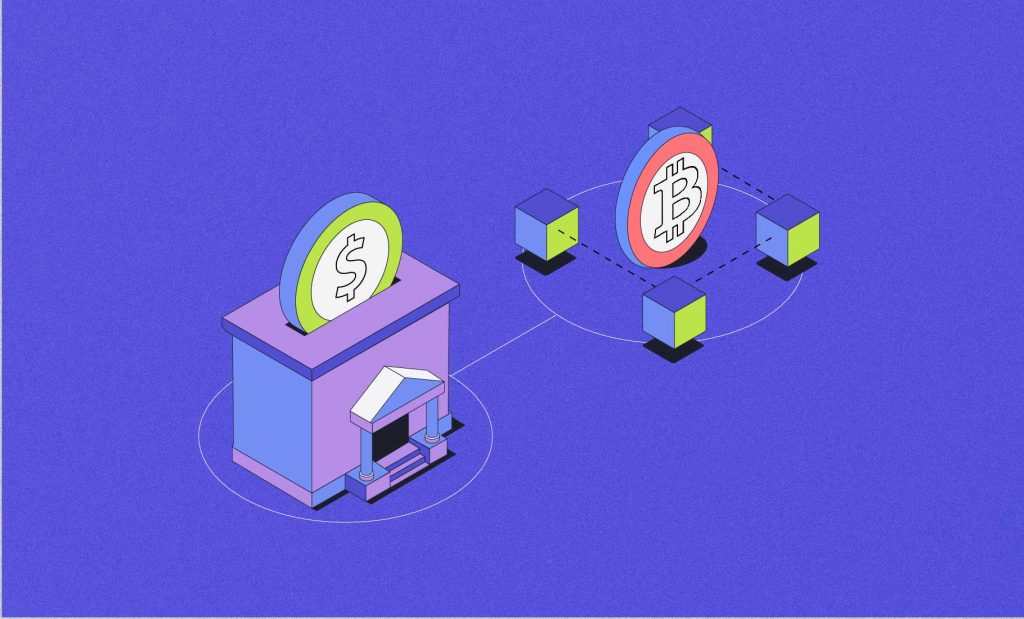There’s a lot of talk about cryptocurrency, digital currency, and so on in today’s day and age. But not many know that they’re not the same thing. While the way some of these digital assets and currencies work might sound similar, they’re very different and have rather different uses.
What is digital currency?
Digital currencies are one of the digital forms of money available today. Unlike physical currencies, which come in the form of cash and coins, digital currencies can’t be stuffed into a wallet or tossed in the air; they only exist online. Given their digital form, they can solely be accessed and transacted through a mobile device or a computer.
Additionally, despite their various distinctive features from watermarks to optically variable ink physical currencies can be faked. Not so with digital currencies. Because of this feature of digital currencies, they tend to be rather popular.
As a matter of fact, despite having more utilities than many physical notes, digital currencies tend to be afflicted by more volatility. So yes, they can be used to buy goods or services or put into your favorite investment vehicles, but their value varies with the market.
Digital currencies are also more efficient, as is evident from their use. Transactions are instantaneous, definitive, and safe. They can also be used to make cross-border payments with ease. No more having to go through international banks or paying hefty fees.
What is a Central Bank Digital Currency (CBDC)?
CBDCs are a type of digital currency. They’re NOT cryptocurrencies. On this blog, we use the term “digital currency” interchangeably with “CBDCs.” But the latter usually refers to something a little more specific in that it pertains to a country’s currency.
Many argue that what sets CBDCs apart from other types of digital currencies is that they’re issued solely by the government of a nation. Often the issuing authority for CBDCs is the central bank. Hence, CBDCs are essentially a country’s fiat currency in digital form.
Because they are backed by the government, CBDCs have wider acceptance and are likely to find use in everyday transactions and life.
What is cryptocurrency?
First launched in 2013, cryptocurrencies are one of the greatest financial innovations of this century. Forbes predicted that the Bitcoin adoption rate would reach 10% by 2030. (That means there would be more than 700 million users.) Cryptos are virtual digital assets. They often operate on a revolutionary new piece of technology: blockchains. A blockchain is a digital ledger that keeps a record of all crypto transactions.
All transfers in the crypto space involve the use of wallet addresses. While one can trace transactions to an address, it isn’t possible to unveil the user behind it. So, in essence, transfers are public because everyone can see Person A sent Person B 10 BTC yesterday, but no one knows who Person A or B is. Transparency doesn’t mean users can get away with anything, though—there are mechanisms in place to ensure no user is double-spending their crypto.
Read more about What are Cryptocurrencies?
What is the difference between cryptocurrency and digital currency?
Here is a quick snapshot of the major differences between crypto and digital currencies:
| Cryptocurrencies | Digital Currencies | |
| 1. | Based on the blockchain | Not necessarily based on a decentralized digital ledger |
| 2. | Backed by participants’ computers | Usually backed by an issuing authority. |
| 3. | Decentralized | Usually centralized |
| 4. | Transactions are transparent yet private | Non-transparent private transactions |
| 5. | Cryptos cannot be used in the same way as CBDCs | CBDCs are always digital currencies, and we use the term interchangeably |
| 6. | Crypto can serve as short- and long-term direct investment assets | One cannot invest in digital currencies directly, at least in the traditional sense of the word |
To sum it up, one may say that some centralized authority usually backs digital currencies. For example, the Reserve Bank of India (RBI) is going to back the digital rupee in the future. The RBI will have full and absolute control over its supply, just like it does with cash and coins. However, the blockchains underlying crypto rely on its users, lending it the computing power it needs. In that sense, it is decentralized.
Digital currencies are essentially money. So, the details of any money you spend are information privy only to the bank and you, the spender. Super secret. Cryptos are, by nature, transparent.
Conclusion
While digital currencies and cryptocurrencies are based on the same principle, they are used in very different contexts. To make smart investments, it is important to understand this difference and know how the fintech space is changing.
FAQs
Is digital and crypto the same?
In summary, while both digital currency and cryptocurrency are forms of money represented digitally, the key difference is that cryptocurrencies are decentralized and rely on blockchain technology, whereas traditional digital currencies are typically centralized and issued or regulated by a central authority.
What are examples of digital currency?
It’s important to note that digital currencies can be both centralized and decentralized. While some digital currencies are issued and regulated by central authorities, others, like cryptocurrencies, operate on decentralized blockchain networks. Additionally, the use of digital currency is widespread in modern financial systems and is a key component of electronic commerce.
Is cryptocurrency legal in India?
Cryptocurrency regulations can vary significantly from one country to another, and they can evolve. If you are interested in using or investing in cryptocurrencies in India, it’s advisable to consult with legal and financial experts who are knowledgeable about the current regulatory environment.
What is called digital currency?
Digital currency refers to any form of currency or money that exists in digital or electronic form. Unlike physical currencies like banknotes and coins, digital currencies only exist in a digital representation. They can be used for various transactions, including online purchases, electronic transfers, and digital payments.








